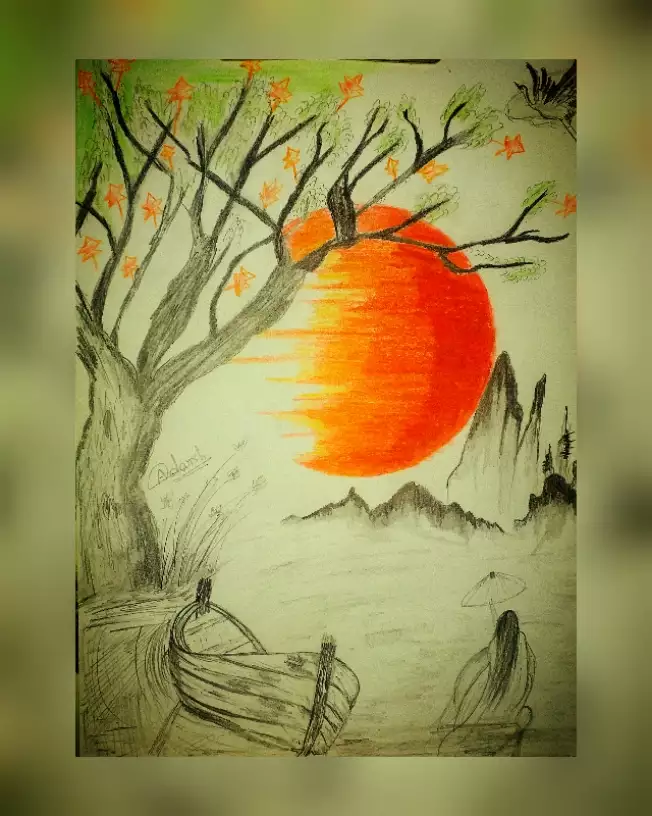Exploring the Diverse Globe of Artistic Expression: From Surrealism to Abstract Realism
In the world of artistic expression, from the dreamlike landscapes of surrealism to the intricate play of light and kind in abstract realism, musicians have continually pushed the borders of imagination and imagination. Each motion holds a distinct lens whereby the world is watched and translated, supplying a peek right into the depths of human emotion, assumption, and believed. As we check out the complex world of art, we are presented with a tapestry of styles, techniques, and ideologies that test our understanding and provoke reflection. The journey via these varied kinds of imaginative expression guarantees to untangle a rich tapestry of visual narration and intellectual inquiry that mesmerizes the mind and mixes the heart.
Surrealism: Unleashing the Subconscious
Surrealism, a progressive artistic activity of the 20th century, explored the depths of the subconscious, revealing a globe of dream-like images and unusual juxtapositions. Spearheaded by artists like Salvador Dali, René Magritte, and Joan Miró, Surrealism sought to challenge the traditional methods of seeing and recognizing art. Via techniques such as automatism and desire evaluation, Surrealist artists aimed to tap into the unconscious mind to expose concealed realities and wishes.
One of the crucial elements of Surrealism was the emphasis on the unreasonable and the extraordinary. By combining unexpected elements in their jobs, Surrealist musicians intended to produce a feeling of disorientation and surprise in the audience. This disruption of logic and factor was suggested to prompt a deeper exploration of the subconscious and the enigmas of the human subconscious.
Abstract Realism: Redefining Assumption
Testing conventional artistic borders, Abstract Realistic look redefines understanding through the blend of well-known aspects with abstract forms. This innovative strategy to art integrates the representational accuracy of realistic look with the imaginative flexibility of abstraction, offering customers a special visual experience that prompts them to examine their perception of fact.
In Abstract Realism, musicians aim to capture the significance of their topics while additionally infusing their collaborate with a sense of deepness and complexity via abstract aspects. By blending the accustomed to the strange, these artists invite target markets to engage with their pieces on numerous degrees, urging them to check out the nuances of kind, color, and appearance.

Cubism: Fragmenting Truth
Making use of fragmented perspectives and geometric kinds, Cubism revolutionized the creative depiction of fact in the early 20th century. Established by Pablo Picasso and Georges Braque, Cubism looked for to challenge standard ideas of perspective and depiction. By damaging down objects and figures into geometric forms click now and presenting them from several point of views simultaneously, Cubist artists aimed to catch the significance of the subject instead of its literal appearance. This approach not only deconstructed truth but additionally stressed the monotony of the canvas, leading the way for future abstract art activities.

Cubism can be categorized right into two main phases: Analytical Cubism, characterized by monochromatic color pattern and elaborate, fragmented forms; and Synthetic Cubism, which incorporated collection components and brighter shades right into the structures. With these unique phases, Cubism influenced not only painting but additionally sculpture, layout, and design. trump art. Its impact resounded throughout the art globe, inspiring artists to discover brand-new methods of standing for the world and analyzing around them
Expressionism: Feelings on Canvas
Checking out the midsts of human feelings through dazzling and meaningful brushstrokes, Expressionism became a profound creative motion in the early 20th century. Unlike previous art activities that concentrated on depicting the exterior globe, Expressionism delved into the internal world of the artist's mind, aiming to evoke raw feelings and provoke natural reactions from viewers.
Expressionist musicians, such as Edvard Munch, Egon Schiele, and Emil Nolde, declined traditional concepts of elegance and realism in support of distorting type and shade to communicate subjective sensations. Using overstated brushwork, strong shades, and distorted numbers aided create a look at this now feeling of worry, alienation, or enthusiasm in their jobs.
Among the most popular examples of Expressionism is Munch's "The Scream," which catches the extreme anxiety and anguish of modern-day life through its swirling, distorted number versus a blood-red sky. With their psychologically charged works, Expressionist musicians looked for to test standard artistic standards and offer a home window into the rough midsts of the human heart.
Contemporary Art: Developing Point Of Views

Among the specifying qualities of modern art is its consistent evolution and ability to adapt to altering social landscapes. Artists are significantly integrating innovation right into their method, obscuring the lines in between the electronic and physical worlds. This blend of mediums permits for cutting-edge ways of narration and involving with audiences in a much more interactive way.
In addition, modern art frequently acts as a system for social discourse, resolving pressing concerns such as identity, politics, and the setting. Musicians are using their job to prompt and trigger vital discussions thought, dropping light on the complexities of the world we live in. As perspectives remain to evolve, contemporary art continues to be a significant and dynamic pressure in shaping our cultural landscape.
Conclusion
In verdict, the globe of creative expression includes a wide variety of designs and activities, each with its own unique strategy to sharing significance and emotion. From surrealism's expedition of the subconscious to abstract realistic look's redefining of perception, and from cubism's fragmentation of reality to expressionism's representation of check my reference emotions, art continues to evolve and challenge viewpoints - trump art. Contemporary art reflects the ever-changing world we stay in, offering new ways to interpret and comprehend the complexities of our fact
As we check out the diverse globe of art, we are presented with a tapestry of designs, methods, and philosophies that test our understanding and provoke reflection. Its impact resounded across the art globe, inspiring musicians to check out brand-new methods of representing the globe and interpreting around them.
